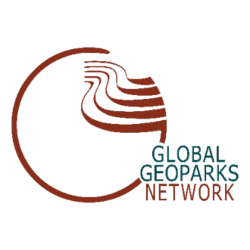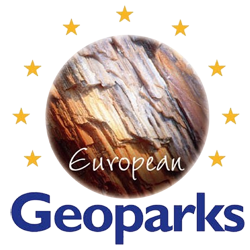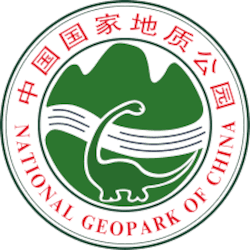Advances in Geographical and Environmental Sciences series published a new book in November 2020, Global Geographic Heritage, Geoparks and GeoTourism: Geoconservation and Development, the publisher is Springer, and the book’s editors are R. B. Singh, Dongying Wei, and Subhash Anand. R. B. Singh and Subhash Anand are both from Department of Geography of the University of Delhi, India, and Dongying Wei is from Faculty of Geographical Science of Beijing Normal University.
This book explores the geographical, geomorphological, ecological, touristic and socioeconomic aspects of natural heritage, argues for the dynamic conservation of that heritage and explains its key characteristics, promotion, conservation and management to achieve sustainable development goals.
This book explores the geographical, geomorphological, ecological, tourism, and socio-economic aspects of natural heritage. It advocates the dynamic protection of natural heritage, explains its main characteristics, and promotes, protects and manages it to achieve sustainable development goals. Emerging concepts such as geodiversity, geographical heritage sites, geomonuments, geoparks and geotourism are increasingly being used by conservationists. At present, the development of geoparks is a major global theme involving the application of geosciences to promote the inclusive growth of society and the protection and conservation of our unique geoheritage. Currently, there are 147 UNESCO global geoparks across 41 countries, in addition to a number of national-level geoparks. Pursuing a holistic approach towards such sites will sensitise the general public to the need for geoconservation of significant geosites and promote it through geotourism. It is a crucial issue, as various countries around the world are eager to develop their geoparks and are working for the conservation of geoheritage sites at the national level.
This unique book brings together the contributions of 15 countries and analyzes geological heritage, geoparks, and geotourism in the form of 23 case studies. Each case is a chapter on its own. Each chapter discusses the function of geoparks as tools for education, entertainment and nature protection. The book is divided into two parts. The first part contains 7 chapters, discussing geographical diversity and geoheritage with 7 cases, and the second part contains 16 chapters, introducing 16 cases of geosites and geoparks. Given its scope, the book offers a valuable guide for geoscientists, planners, policymakers, civil society and anyone concerned about the conservation of geoheritage sites and geoparks for a sustainable future Earth.
R. B. Singh, one of the editors of this book, is also the editor of Advances in Geographical and Environmental Sciences synthesizes series diagnostigation and prognostication of earth environment, incorporating challenging interactive areas within ecological envelope of geosphere, biosphere, hydro-sphere, atmosphere and cryosphere. It deals with land use land cover change (LUCC), urbanization, energy flux, land-ocean fluxes, climate, food security, ecohydrology, biodiversity, natural hazards and disasters, human health and their mutual interaction and feedback mechanism in order to contribute towards sustainable future. Advances in Geographical and Environmental Sciences series publishes books that contain novel approaches in tackling issues of human geoscience in its broadest sense—books in the series should focus on true progress in a particular area or region. The series includes monographs and edited volumes without any limitations in the page numbers.



